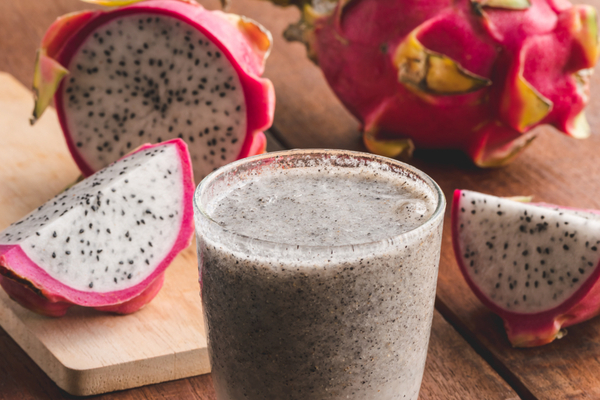If a dragon fruit smoothie, mango salsa or Mexican barbacoa BBQ sauce is right up your foodie alley, you’re not alone. Consumers increasingly are interested in specific flavor profiles, said Julie Laughter, market manager at Fona International, Geneva, Ill. “Even the classics … aren’t just the classics anymore,” Ms. Laughter said during a presentation at the Sweets & Snacks Expo. “Because consumers instead of vanilla want Tahitian vanilla. And instead of chocolate, you’ll see Belgian chocolate, Dutch chocolate, hazelnut chocolate. Something a little different.”
Fruit flavors continue to reign across multiple snacking categories, and tropical varietals add a premium twist, Ms. Laughter said. Yuzu, a Japanese citrus fruit, has seen significant growth on U.S. menus in the past year, she said. “What was once exotic is now very much mainstream, and that time becoming exotic to mainstream is shortening,” she said. “It was only a few years ago that mango was pretty exotic, and now you can go through a drive-thru at McDonald’s and get a mango drink.”
Prepare to see more dragon fruit popping up in snacks. Sweet, snappy and vibrantly pink, dragon fruit is roaring to life in beverages, including a seasonal offering at Starbucks. Raspberry is on the rise as a top flavor in sugar confections and sweet cookies, up 300% and 400%, respectively, in new product launches over the past two years in North America, Ms. Laughter said.
Featuring sweet, tart and slightly floral notes, raspberry is versatile and may add an “absolutely Instagrammable” pink hue to food and beverage products. Perennially popular citrus may be pumped up in product innovation through the addition of spices and herbs such as ginger, turmeric and basil, or with a touch of heat.
In savory snacking, regional barbecue flavors are on fire, Ms. Laughter said, citing interest in Kansas City, Memphis, Texas and Hawaiian styles. “What’s coming up next?” she said. “This is what’s trending in restaurants — Alabama white, a mayo-based barbecue, and Carolina sweet.” International barbecue styles may inspire snack flavor innovation, she said, suggesting such examples as Mexican barbacoa, South African braai, New Zealand hangi and Filipino lechon. “The point is, the innovation is nonstop with barbecue,” she said.
Top floral flavors in snacking include rose, hibiscus, violet, lavender and orange blossom; however, Ms. Laughter cautioned, this trend has yet to bloom among mainstream consumers. “While it’s still in the emerging phase there are ways you can still innovate with it today,” she said. “If you’ve got consumers that are all in, fantastic. Go with it. But if you want to pace yourself here, here are some pro tips. To introduce floral flavors to consumers, think about pairing with familiar fruits. Notice with hibiscus, it’s often paired with orange, watermelon, berries and grapefruit. “Or add just a hint of it … just to introduce your consumer to that taste profile. Many U.S. consumers still need to get used to that floral/botanical flavor profile on their palate.
“Fermented foods and flavors, including pickled fruits and vegetables, kombucha and Korean gochujang are catching on with consumers who associate such products with digestive health benefits.” So when it comes to filling your grocery list this week, go exotic!
—
Photo Credit: Trum Ronnarong / Shutterstock.com
